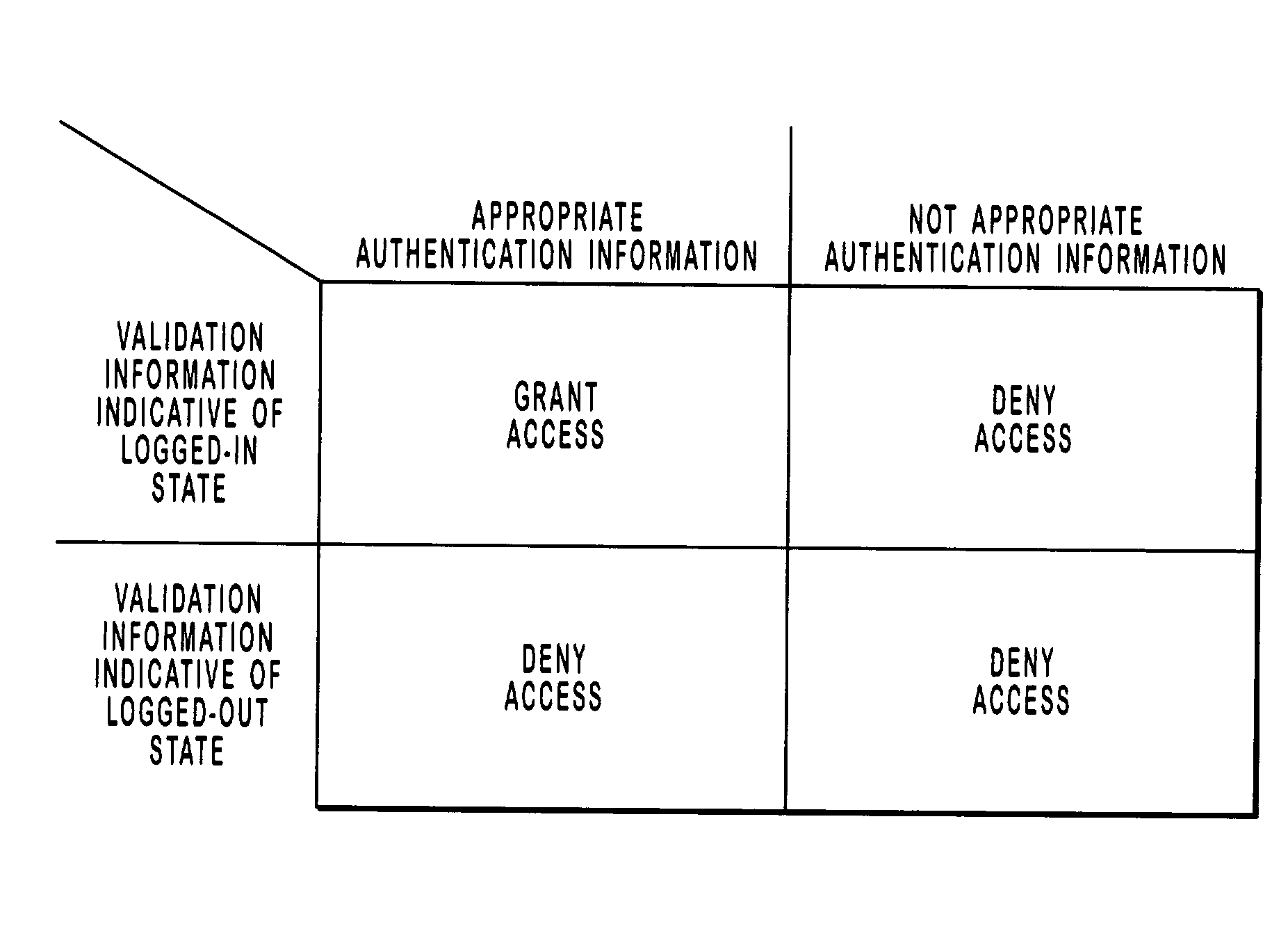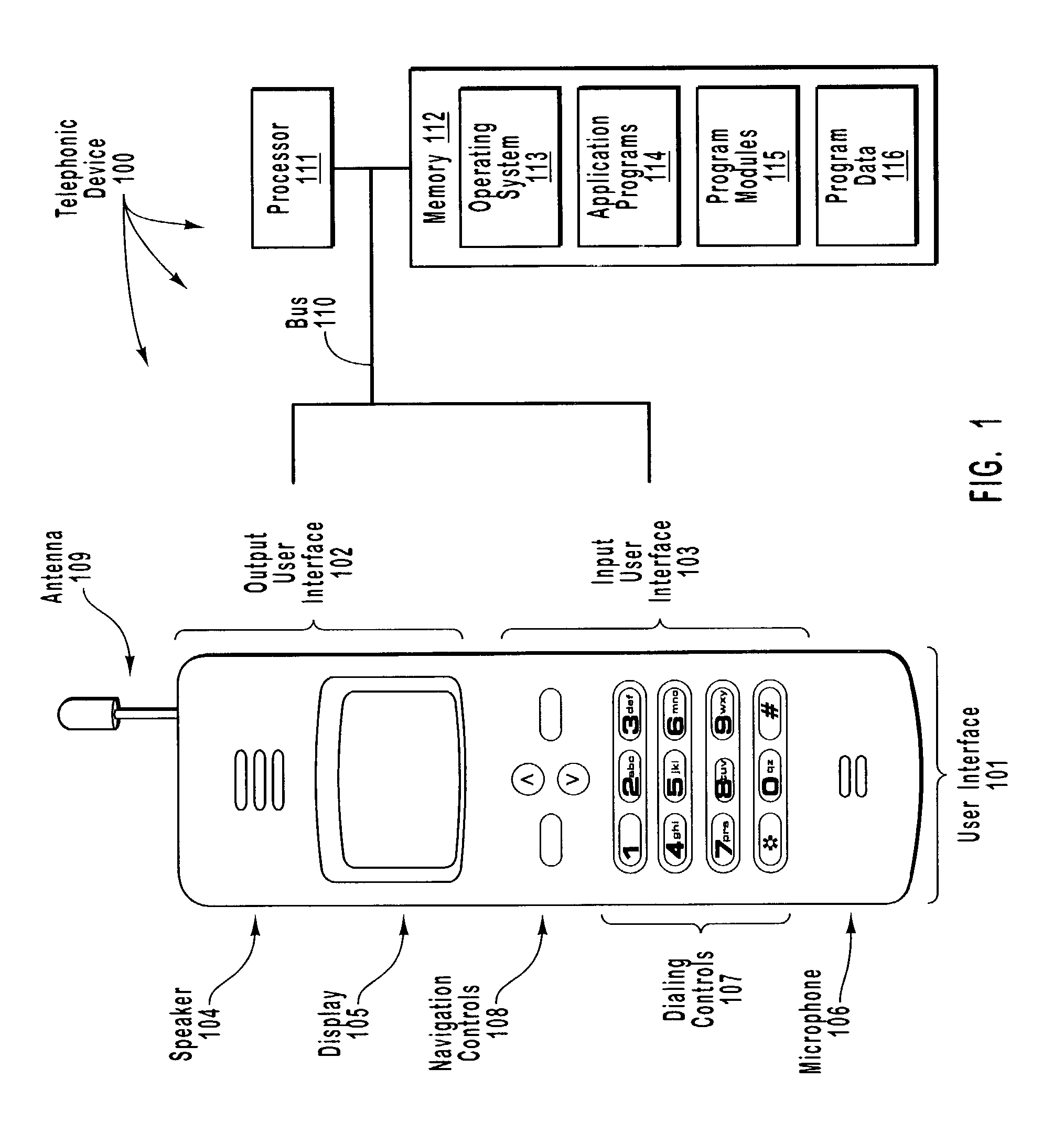Maintaining authentication states for resources accessed in a stateless environment
a stateless environment and authentication state technology, applied in the direction of program/content distribution protection, unauthorized memory use protection, instruments, etc., can solve the problems of fewer resources, at least one potential security risk, and the storage of user credentials in browser memory, so as to increase the security level.
- Summary
- Abstract
- Description
- Claims
- Application Information
AI Technical Summary
Benefits of technology
Problems solved by technology
Method used
Image
Examples
Embodiment Construction
[0049]The present invention extends to systems, methods, and computer program products for maintaining authentication states for resources accessed via stateless protocols. Validation information is used to supplement authentication information transported via a stateless protocol when determining if access to a resource should be granted. If either the validation information or the authentication information associated with a request is not appropriate for accessing a resource, access to the resource is denied. However, if both the validation information and the authentication information associated with a request are appropriate for accessing a resource, access to the resource may be granted.
[0050]In operation, validation information included in supplemental cookies or a state-table may be utilized to determine the state of a resource at a providing computer system with respect to a browser at a requesting computer system. If validation information indicates that a resource is ass...
PUM
 Login to View More
Login to View More Abstract
Description
Claims
Application Information
 Login to View More
Login to View More - R&D
- Intellectual Property
- Life Sciences
- Materials
- Tech Scout
- Unparalleled Data Quality
- Higher Quality Content
- 60% Fewer Hallucinations
Browse by: Latest US Patents, China's latest patents, Technical Efficacy Thesaurus, Application Domain, Technology Topic, Popular Technical Reports.
© 2025 PatSnap. All rights reserved.Legal|Privacy policy|Modern Slavery Act Transparency Statement|Sitemap|About US| Contact US: help@patsnap.com



